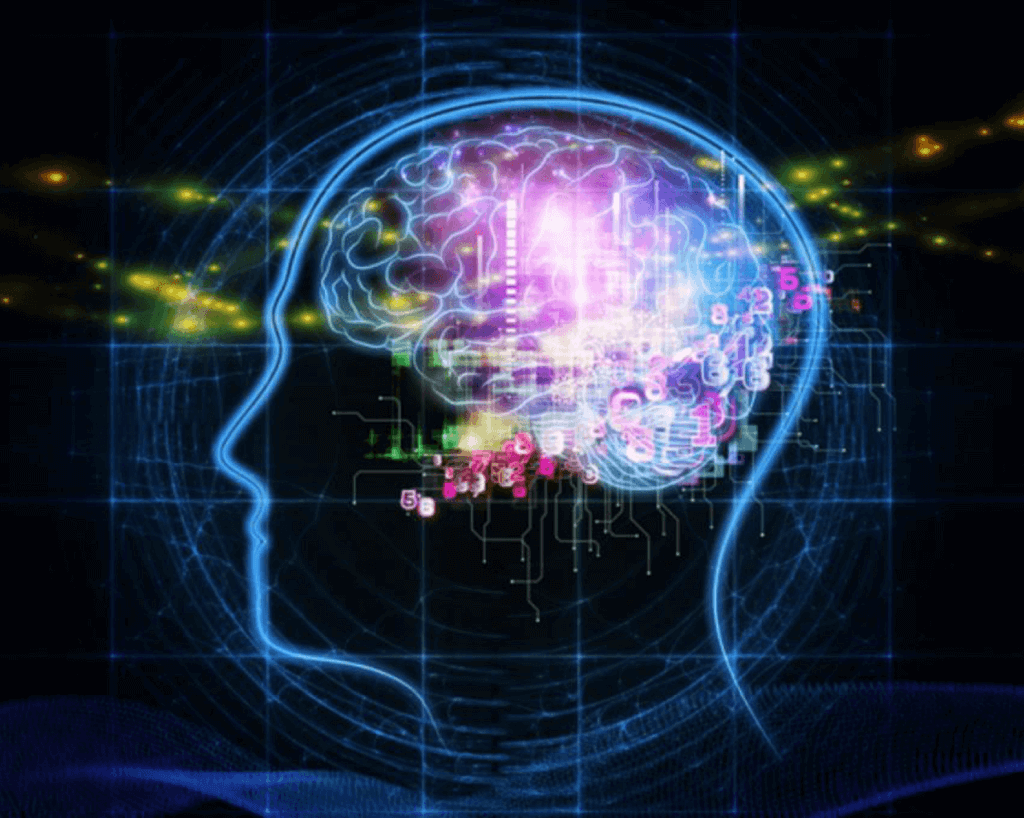7 JSON Logging Tips That You Can Implement
When teams begin to analyze their logs, they almost immediately run into a problem and they’ll need some JSON logging tips to overcome them. Logs are…
Whether you are just starting your observability journey or already are an expert, our courses will help advance your knowledge and practical skills.
Expert insight, best practices and information on everything related to Observability issues, trends and solutions.
Explore our guides on a broad range of observability related topics.


One of Machine Learning’s main advantages is the ability to independently recognize and analyze patterns that are taking repetitive tasks in a range of industries and offloading them to be executed autonomously by software. Our field of log analytics has seen major advancements in recent years thanks to machine learning. Automatic pattern recognition saves devs an enormous amount of time, allowing them to focus their energies on the work that truly requires the human mind.
Today, logs are generated from an incredibly broad range of devices, apps, and servers, resulting in thousands of syntax permutations and a barrage of data that humans can’t organize manually. Automatic aggregation of these logs is the first step toward simplifying the process of log management and analysis.
Machine learning organizes the mass of log data into cohesive, correlated categories. Logs can be grouped according to user actions, log origin, system trends, time periods, or any number of other shared characteristics. Newly-generated logs are then automatically deposited into existing groups that they correspond to.
This log monitoring automation drastically cuts down on time spent manually categorizing the logs. Even so, human guidance is still needed to set, tailor and tweak the aggregation categories to the differing needs and concerns of each company.
In the past, setting static thresholds was a valid method for identifying possible performance flaws within a system. To give a classic example, a threshold could be set for monitoring CPU abuse and notifying IT automatically if it passed a red-line level. But technical environments were simpler then, with shorter event chains between system components and fewer unique errors generated. Creating static thresholds might be a means of catching flare-ups in known problem areas, but thresholds cannot be set for an occurrence that is entirely unanticipated.
The mere use of the adjective ‘static’ is also tellingly outdated in today’s agile world, as system environments evolve rapidly from month to month. Not all participants in a system’s architecture are aware of the frequent changes made in other departments. For example, a developer is not always cognizant of regular server-side changes, and the need to adjust thresholds to accommodate them. In a highly dynamic environment, static thresholds must be repeatedly and manually adjusted, wasting time and brainpower.
No matter how well resourced and staffed a DevOps team is, human review is regrettably prone to error. Relying solely on our own eyes and limited search methodologies opens up the possibility of anomalies going unnoticed in production. But relying on a combination of human management and machine learning is a more effective means of catching issues buried among the constant log influx.
The process of hunting down bugs and errors is often hampered by vague and inaccurate user descriptions. Even with the most advanced log search mechanism, searching can become labyrinthine if you don’t know exactly what error you’re searching for, and the precise time at which the error occurred. Machine learning helps bypass this tedious time waste. It assesses the normal state of your technical environment, by way of its log patterns, and then continuously monitors log output for pattern deviation. The platform automatically sends alerts when a critical issue pops up, so that teams can start resolving issues before user complaints flood in.
Though machine learning snares these errors out of the data ether, the human mind is still needed to assess and fix them. But this is a more manageable task when less time is wasted fruitlessly trying to hunt the errors down.
Machine learning, as it pertains to both log monitoring analysis and oncology, can’t cure cancer. But it can identify cancerous cells, and its influence is therefore formidable. On a micro level, machine learning-empowered log analysis allows tech teams to offload routine, repeatable tasks. Then their most valuable resource, the people that work for them, can get back to doing what machines can’t: applying deep cognition to problem-solving, and conceiving of and creating innovative new products.
On a macro level, this kind of advanced log analysis could prevent major calamities that affect the entire world. Heartbleed slipped past the tired, overworked eyes of highly capable developers, and went unreported in the online security landscape for years. Machine learning could have caught the vulnerability earlier, curtailing its germination and preventing the mass hemorrhaging of private data.
For more technical information about machine learning and log analysis, check out this explanation of flow anomaly identification.

When teams begin to analyze their logs, they almost immediately run into a problem and they’ll need some JSON logging tips to overcome them. Logs are…

If you think log files are only necessary for satisfying audit and compliance requirements, or to help software engineers debug issues during development, you’re certainly not…

CloudTrail logs track actions taken by a user, role, or an AWS service, whether taken through the AWS console or API operations. In contrast to on-premise-infrastructure…
